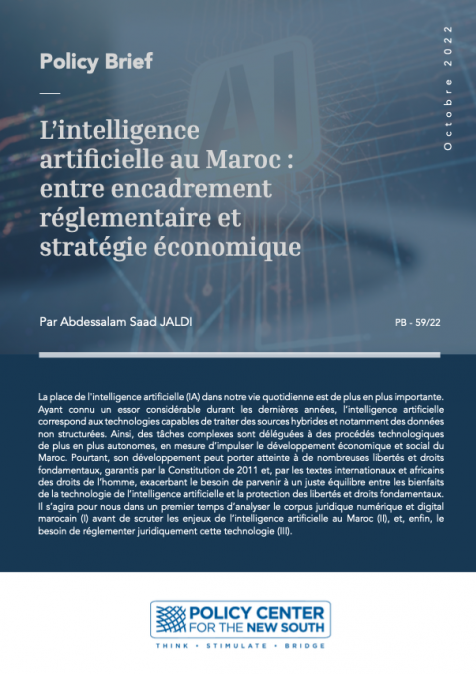Publications /
Opinion
Poker is a game for real men, cowboys, for example, ocean divers, stunt men, gambling away their meager pay. Poker is America, as oversized as its trucks, egos and steaks. Poker made its way from quaint southern New Orleans to the rough west, where gold diggers gambled away fortunes, and settlers risked their wagons and horses for a game of cards. Decades ago I met Johnny Moss, a descendent of this wild bunch in Las Vegas. He is the greatest poker player of our time, as his biographer Don Jenkins wrote in his Champion of Champions (1981). Moss was as pale as a hospital bed sheet because most of his time he worked under neon lights. He had a room upstairs in Binion’s Horseshoe Saloon, which Moss only ever left when he was challenged to a golf game—$50,000 or $100,000 for one hole.
Moss was was used to the rhythm of his profession, a millionaire three or four times a day or night, a beggar in between, just able to throw chips worth $2000 towards his worried wife, Virgie, to pay the rent. He played his last hand in 1995, age 88, but his gambling fraternity now faces a revolution in the form of opponents of a frightening kind, who will show no fear or any indication of nervous tensions, but are rather cool as metal with iron spirits: computers. In a game of poker, the machine does not see the opponent’s cards though it has to figure out the secret hand, the unexpected moves. To prepare machines for gambling, scientists feed it randomly chosen poker situations, asking the computer to repeat them a trillion times, often playing against itself. In this so called deep-learning technology, the algorithms feed training data into a deep network, from which the machine draws information appropriate for the the game situation. After each hand is played, the machine evaluates each decision, determining whether a different choice would have produced a better result.
When test, the computer handled the challenge to perfection. “This A.I. bluffs with the best”, wrote the New York Times in July 2019, reporting on a study in Science testing machines versus human brain power. An automated poker player, named Pluribus, was designed by Carnegie Mellon University and Facebook researchers. “Over the past 30 years, researchers have built systems that beat the best players at checkers, chess, Go, even jeopardy,” wrote the New York Times. “But unlike these games, poker is based on hidden information. The best players must master ways of uncovering what their opponents are hiding, while keeping their own secrets safe”. Pluribus went further by defeating 12 poker professionals. But the success of the poker experiment is not limited to the gambling world. The Pluribus achievement marks another notable milestone in the progress of artificial intelligence. “Experts believe the techniques that drive this and similar systems could be used in Wall Street trading, auctions, political negotiations and cyber security, activities that, like poker, involve hidden information,” the New York Times wrote. Melanie Mitchell, professor of computer science at Portland State University and author of Artificial intelligence: a guide for thinking humans, warned in a 2018 New York Times article of unwarranted enthusiasm: “Current progress in A.I. is stymied by the barrier of meaning. Anyone who works with A.I. systems knows that behind the façade of humanlike visual abilities, linguistic fluency and game playing prowess, these programs do not—in any human-like way—understand the inputs they process or the outputs they produce ... Researchers have been experimenting for decades with methods for imbuing A.I. systems with intuitive common sense and robust humanlike generalization abilities, but there has been little progress in this very difficult endeavor.”
‘The Worst Event in the History of Civilization’?
Authors like Kevin Drum disagree. “Make no mistake,” he wrote in a 2018 article in Foreign Affairs. “The digital revolution is going to be the biggest geopolitical revolution in human history ... The digital revolution will replace the human brain. By definition, anything a human can do, human-level A.I. will also be able to do—but better. Smart robots will have both the muscle to do the work and the brainpower to run themselves. Putting aside airy philosophical arguments whether a machine can truly think, they will, for all practicable purposes, make Homo sapiens obsolete”.
Was Stephen Hawkins, the legendary Cambridge physicist right after all, when he warned that the development of full artificial intelligence could spell “the end of the human race”, turning into “the worst event in the history of civilization”?. Should we relax since machines do not have the capacity for creativity, innovation, inspiration, empathy? Not yet. Consulting firm McKinsey suggested in 2018 that up to 800 million jobs (or 30% of the global job force), from doctors to accountants, lawyers to journalists, will be lost to computers by 2030, while every single worker on earth will need to adapt as their occupations evolve alongside increasingly capable machines. According to Martin Ford, author of Rise of the Robots: technology and the threat of a jobless future,: machines are taking on cognitive capabilities, beginning to compete with our ability to reason, to make decisions, and, most importantly, to learn. A.I. and robotics could eliminate huge amounts of jobs over the next two decades. Beyond that, we really don’t know what’s going to happen.
We know though that investment in robotics is booming. At Walmart supermarkets in the U.S., customers can observe autonomously operating robots at work, deciding when produce has become overripe, then summoning humans to replace it. Meanwhile, the Pentagon is preparing robots for combat missions. About 1.7 million manufacturing jobs have already been lost to robots since 2000, including 400,000 in Europe, 260,000 in the US and 550,000 in China, according to Oxford Economics, and the figure could rise to 20 million by 2030, or 8.5% of all manufacturing jobs.
The opinions expressed in this article belong to the author.


